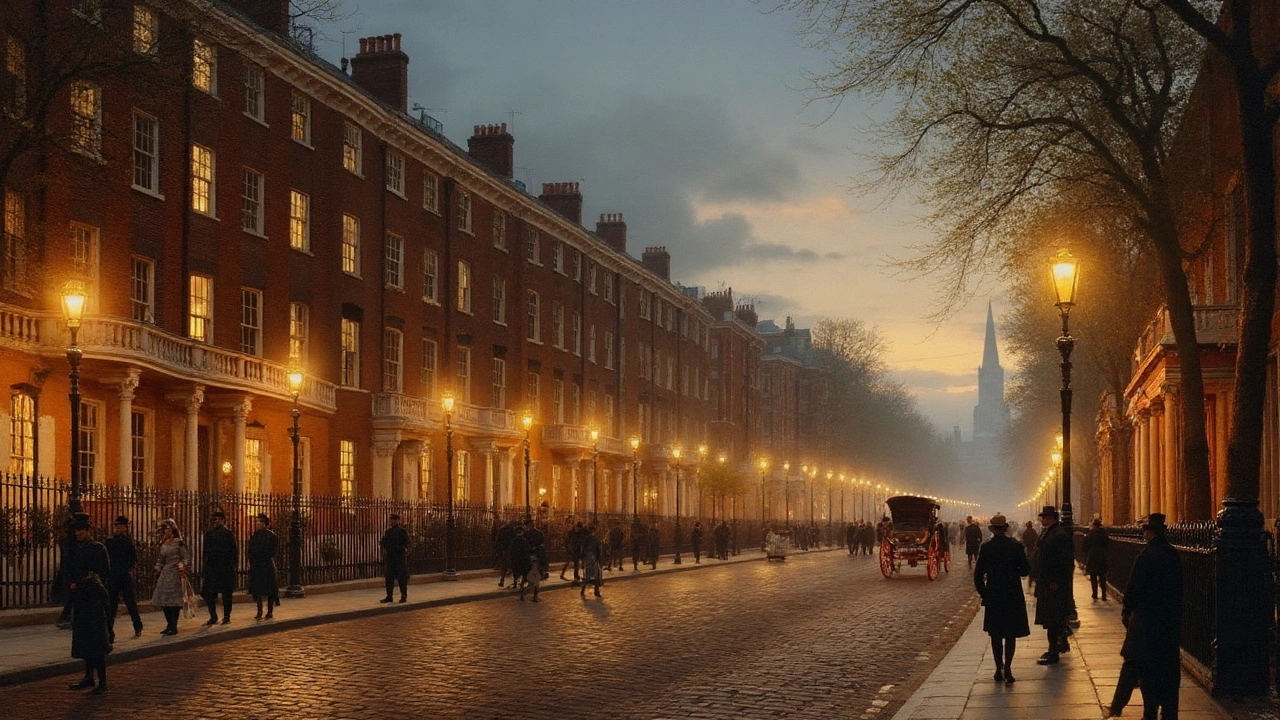Explore the defining features, iconic examples, and lasting influence of Georgian architecture, the elegant 18th‑century style that still shapes our cities.
18th Century Architecture: A Quick Guide to the Styles You’ll See Around Town
If you walk through an old European city or a historic American neighborhood, chances are you’ll spot buildings that belong to the 1700s. That century was a bridge between the flamboyant Baroque of the 1600s and the clean, ordered look of the 1800s. Knowing the main styles helps you read the story behind each façade.
Baroque and Rococo – Drama in Stone
Even though the height of Baroque was in the 1600s, its influence stretched well into the 18th century, especially in churches and palaces. Look for bold curves, lots of decorative details, and a sense of movement. Think of the Palace of Versailles’ grand stairways or the ornate facades of Munich’s churches. In southern Europe, Rococo softened Baroque’s drama with lighter, curvier ornamentation—floral motifs, pastel colors, and playful sculptures.
Georgian and Palladian – Symmetry Meets Simplicity
Across the English Channel, the Georgian style took root. It prized balance: evenly spaced windows, brick exteriors, and a central doorway crowned with a simple pediment. You’ll find these homes in towns like Bath, England, and in early American cities such as Williamsburg, Virginia. The Palladian influence, inspired by Andrea Palladio’s villas, added a classical twist—think triangular windows, columned porches, and strict proportion.
Meanwhile, the rise of Neoclassicism marked a return to ancient Greek and Roman ideas. Buildings featured columns, plain surfaces, and a restrained decorative palette. Look for the U.S. Capitol’s early wings or London’s Somerset House as classic examples. This style signaled the Enlightenment’s belief in reason and order.
All these styles share a few practical clues you can use on the spot. Baroque structures often have a dramatic roofline, heavy stone ornament, and deep relief sculptures. Georgian buildings stick to a five‑bay window layout (five windows across the front) and use brick or stone with subtle stone lintels. Neoclassical designs flaunt a clear column order—Doric, Ionic, or Corinthian—plus a symmetrical front that feels almost mathematical.
Understanding these cues does more than impress friends; it helps you appreciate how architecture reflects the politics, economics, and art of its time. The lavish Baroque mansions showed royal power, the orderly Georgian homes echoed a growing middle class, and Neoclassicism mirrored the age of reason.
Next time you stroll past an old building, pause and ask: does it have a bold, curvy silhouette (Baroque), a clean, balanced brick face (Georgian), or a restrained columned front (Neoclassical)? Spotting these details turns a simple walk into a mini‑history lesson.

